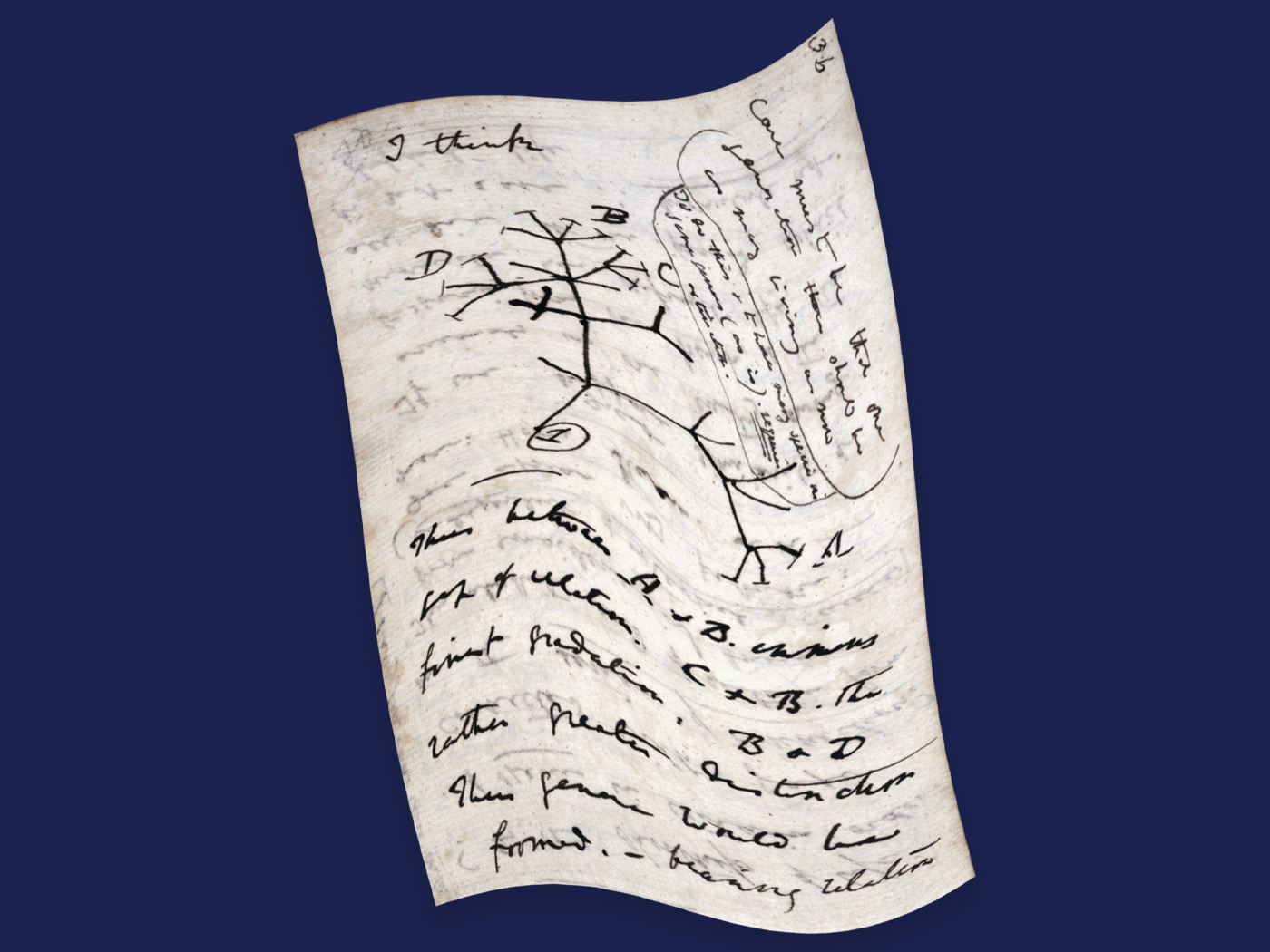Every year scientists discover new and amazing animal designs, and 2015 was no exception. Each find brings a new reminder of the same message every generation needs to hear: “The heavens are Yours, the earth also is Yours; The world and all its fullness, You have founded them. The north and the south, You have created them.”1
In the category of “wacky but wonderful,” biologists detailed the means by which jungle bats in Borneo find pitcher plants to use as parasite-free daytime roosts. These plants collect nutrients from bat waste, so the creatures help each other quite nicely. Amazing sonic reflectors grow right above each pitcher’s opening—informing nearby bats of a perfect place to hang out. Bat vocalizations reflecting off the concave plant reflectors sound louder than normal jungle plants. The reflectors also have tiny ridges spaced just right for this particular bat’s high-pitched voice to form a recognizable three-dimensional pattern. Thus, the bat’s sonar detects the reflector’s sides. That way, it knows where to fly to quickly find the front entrance.2 How did these precisely coded construction blueprints enter plant DNA? Bat calls don’t write code.
Like tiny bats in Borneo, giant blue whales also need precise design features. This year biologists described a necessary feature for a baleen whale’s life. For example, the majestic blue whale uses bungee-cord-like tissues to retract its tongue nerve after opening its mouth extra-wide when lunge-feeding—when their mouths unfold like a Chinese fan to swallow whole schools of krill. Baleen whales could die without the vital sensory information the nerve sends to the whale’s brain. Someone must have fashioned its flexibility so that it could interface with the suite of other essential baleen whale features.3
Inside animal and human ears, vestibular organs (VO) maintain balance. Biophysics research this year unraveled clever communication between the body and its VO. Not just the parts, but their arrangement and protocols—all operating automatically—prevent us from getting motion sickness when we run. The brain sends a nerve signal to activate muscles, the signal gets duplicated, the spinal cord sends one copy to the VO, and a fraction of a second later sends an identical copy to the correct muscles. This way, the VO knows what’s coming, so the body discerns self-intended motion from externally-caused motion.4 Unlike natural forces, this exquisitely designed setup allows VOs to anticipate body motions. Therefore, natural forces did not craft it.
Even scientists who study fossils contributed animal design discoveries in 2015. Certain dinosaurs used cervical ribs—slender cartilaginous supports attached to each vertebra—to support their long necks. Cutting-edge biomechanical modeling revealed that the precise construction of these cervical ribs stabilized sauropod necks by dampening vibrations and keeping the animals’ heads from wobbling.5 Even the orientation of fitted joints between sauropod vertebrae revealed amazing animal design by maximizing range of motion without sacrificing strength between each joint.6
2015 provided enough new discoveries to remind a new generation, “The works of the Lord are great, studied by all who have pleasure in them.”7
References
- Psalm 89:11, 12a.
- Thomas, B. 2016. Rats, bats and pitcher plants. Creation. 38 (1): 18-19.
- Thomas, B. Clever Construction in Rorqual Whales. Creation Science Update. Posted on icr.org May 14, 2015, accessed December 10, 2015.
- Thomas, B. Discovery: Spine Signals Ears to Maintain Balance. Creation Science Update. Posted on icr.org September 24, 2015, accessed December 10, 2015.
- Thomas, B. Amazing Sauropod Neck Design in 'Cervical Ribs'. Creation Science Update. Posted on icr.org November 5, 2015, accessed December 10, 2015.
- Thomas, B. Amazing Design Structures in Long-Necked Dinosaurs. Creation Science Update. Posted on icr.org November 9, 2015, accessed December 10, 2015.
- Psalm 111:2.
Image credit: Copyright © 2015. Dispatch Times. Adapted for use in accordance with federal copyright (fair use doctrine) law. Usage by ICR does not imply endorsement of copyright holders.
*Mr. Thomas is Science Writer at the Institute for Creation Research.
Article posted on January 4, 2015.

























